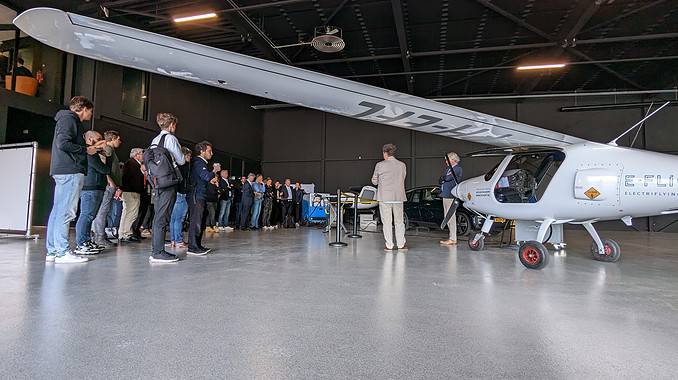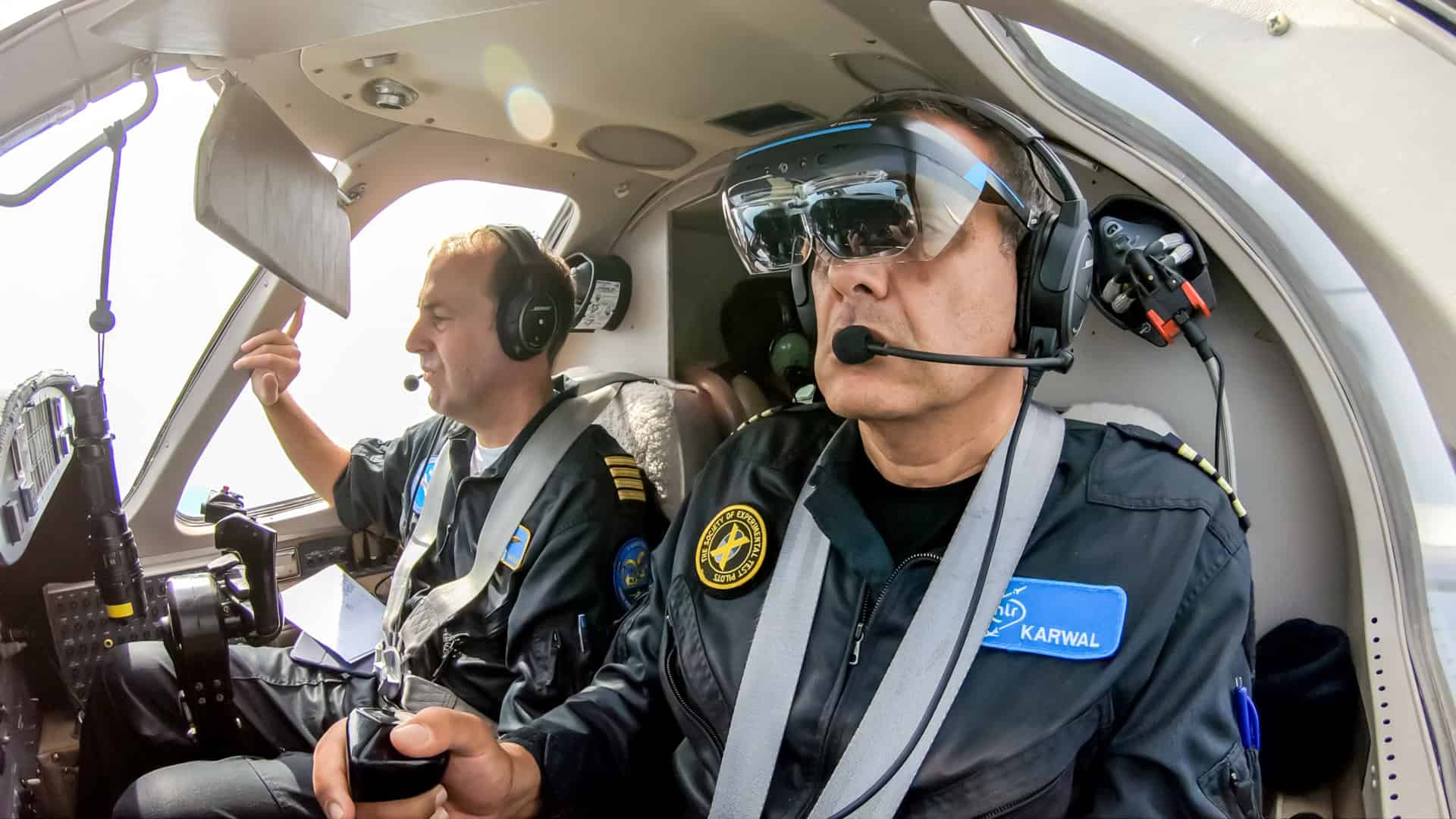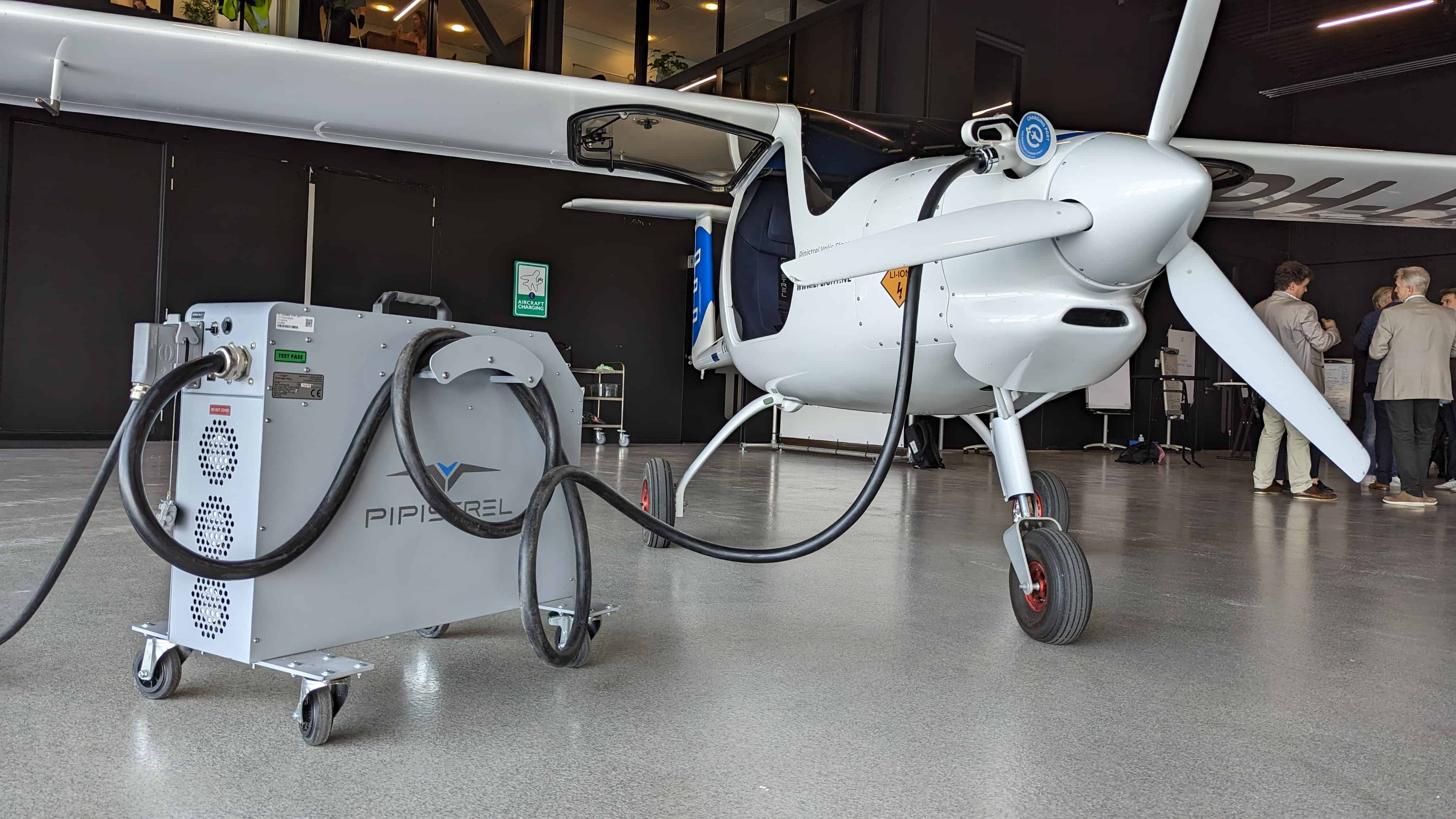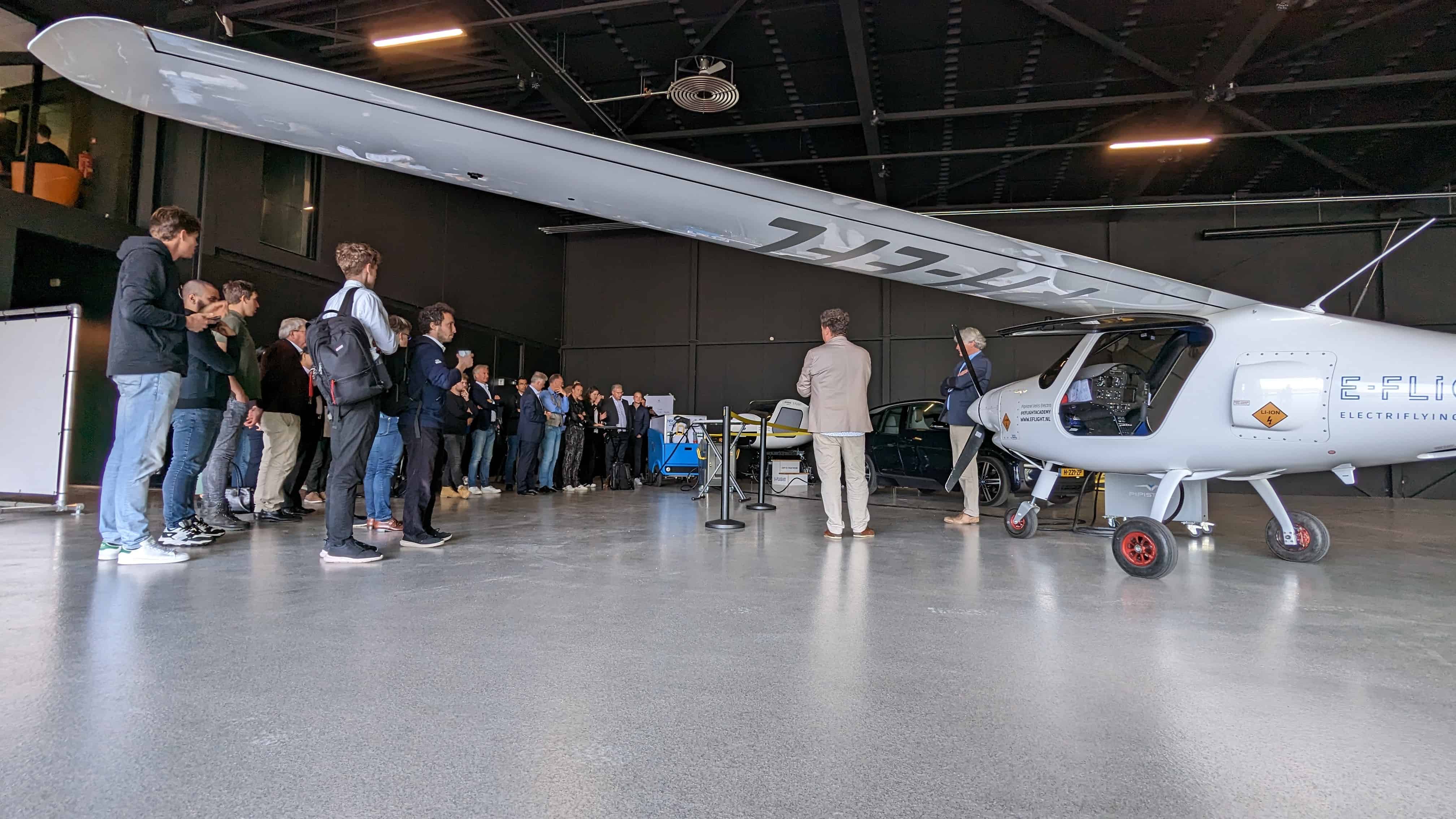
There are more than three thousand regional airports in Europe. Whoever manages to connect them smartly and sustainably has a network within reach that is not only cheaper than what we are currently used to with freeways and rail connections but can also generate a great deal of new activity. By carrying all that out with electrically powered aircraft, we can do the world an enormous service: interregional mobility becomes sustainable and climate neutral.
Not for nothing has the Electric Flying Connection (EFC), a partnership with more than thirty parties, applied to the National Growth Fund under the title FREE TO GO – new emission-free mobility with electric flying. Out of a total investment of nearly 200 million euros, the coalition requests 147 million from the fund. Most of the requested public contribution will go to companies developing new technology for electric aircraft, such as test systems, production tools, materials, components, and facilities for training and the hubs. “The program we develop gives the Netherlands a leading position in the field of emission-free mobility through electric flying,” the applicants promise in their letter to the ministry.
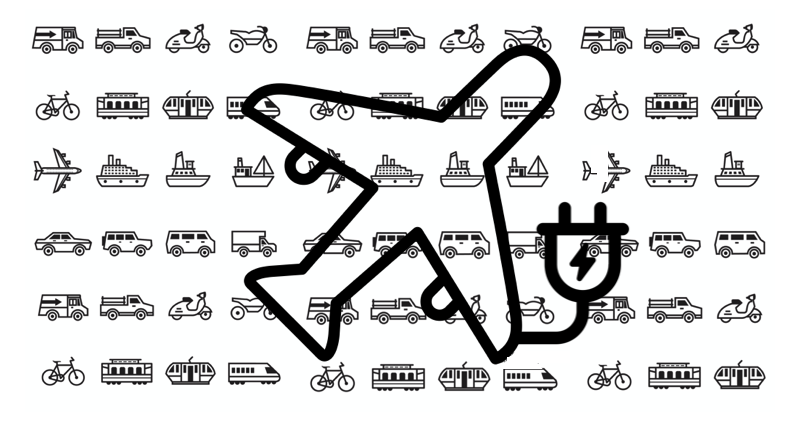
At Airport Teuge in Gelderland, work on electric flying has been going on for more than six years. Yet the idea for the EFC was born in Helmond in November 2021 during an industry meeting at the Automotive Campus. “Thanks to the cooperation between development companies BOM and Oost NL, the combination between Teuge, Helmond, and the Twente aerospace cluster emerged, allowing the EFC to grow,” explains Robbert Jan Kooij, Sr. Project Manager at Oost NL, explains. “Teuge is a magnet for several players in the electric flight industry, such as DEAC, Lucy, NRG2fly, Electron, and E-Flight Academy. The new national collaboration will increase scale, with the companies setting the pace.”
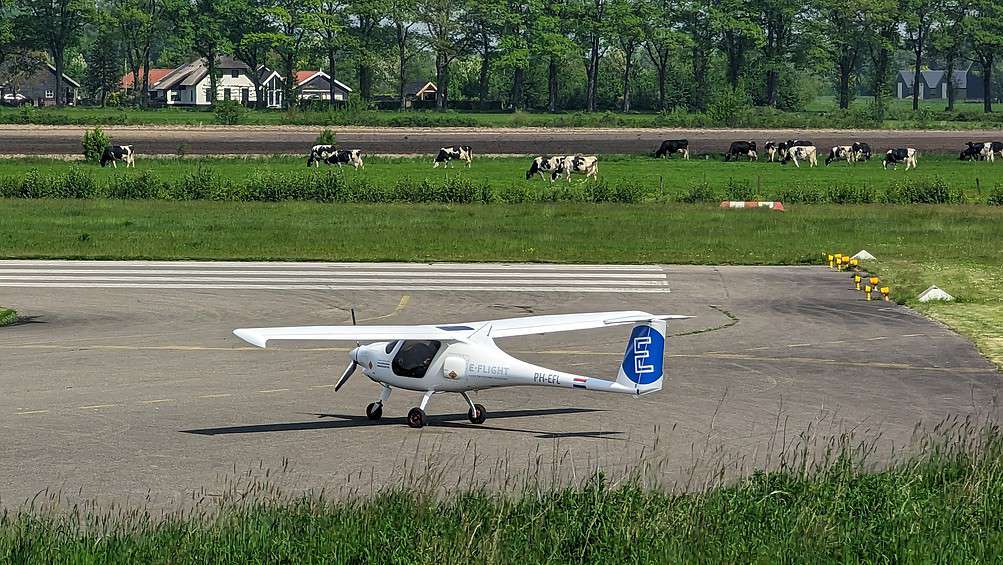
The coalition’s big goal is clear. “By combining rail and road infrastructure with regional airports, we can create fast door-to-door connections within all of Europe in four hours,” explained EFC president Jurjen de Jong. “And with the addition of battery-electric aircraft in sectors such as automotive, aerospace, and IT, truly emission-free travel will become a reality.” Our country’s successful history of electric driving and advanced charging infrastructure is helping to once again lead the way in this playing field, according to De Jong.
No-brainer
The plans sound like a no-brainer, but yes, it all has to be doable. Airports need upgrades, electric aircraft need to be developed and built, and new training, additional research, and certification of new aircraft are needed. In short: the ideal picture may sound attractive and logical, but we are not there yet. And in the meantime, arguments abound to keep the doubters doubting for a while longer. Aren’t those batteries way too heavy? What about the range? Will it be safe? Surely the existing aviation industry is never going to allow it? With all that skepticism in mind, the entire electric flying industry gathered in Teuge last week to discuss the next steps toward a successful future.
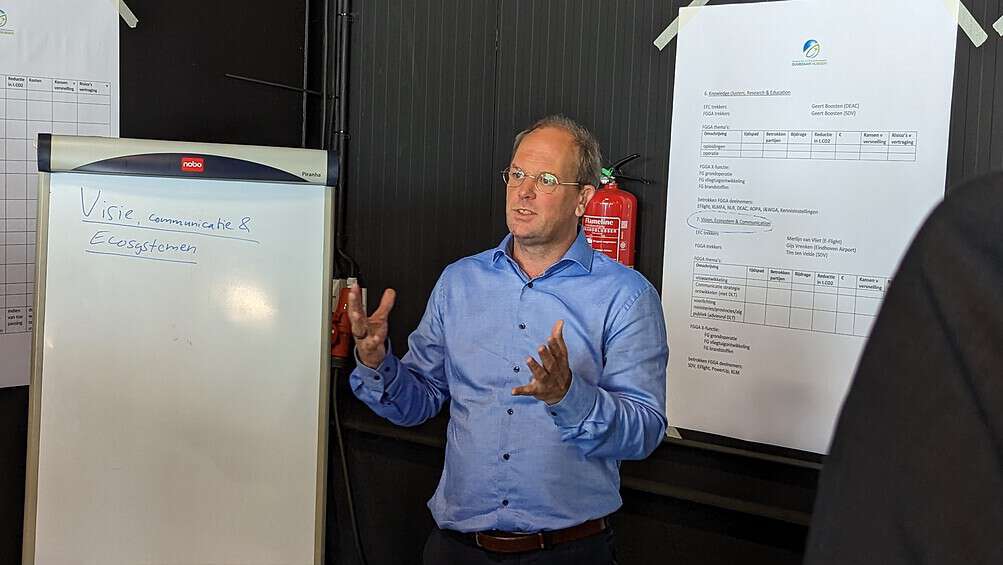
One of the pressing questions during that day: how do you convince stakeholders of the importance of a certain goal when the road towards it is still full of uncertainties? “By being honest about the possibilities and impossibilities on the one hand, but at the same time giving all stakeholders a taste of the benefits in the somewhat longer term,” notes Jurjen de Jong. “The most important hurdle we have long cleared by showing every day that electric flying is possible,” he says as another electric Pipistrel taxies up the runway. “But we realize that, nevertheless, it will take some imagination to accept that soon that will not happen with two-seaters like this one, but with planes for more than 40 passengers, over distances of more than 400 kilometers.”
Not only imagination is needed, but also additional evidence. And a consistent response to the reproaches of skeptics. “Sometimes that’s about the obvious questions around feasibility and necessity, but often it’s about a non-realistic representation of things. For example, we are regularly asked how we think we will ever be able to fly electrically to New York when our focus is purely on inter-regional connections within Europe. Electric flying is becoming a common transportation option for distances of 200 to 500 kilometers. Thanks to the many smaller regional hubs, we have a climate-neutral complement to trains and cars. Because that is also a huge advantage: our infrastructure is limited to establishing regional hubs – you don’t need to build asphalt or rail links for electric flight. Not everyone realizes that enough.”
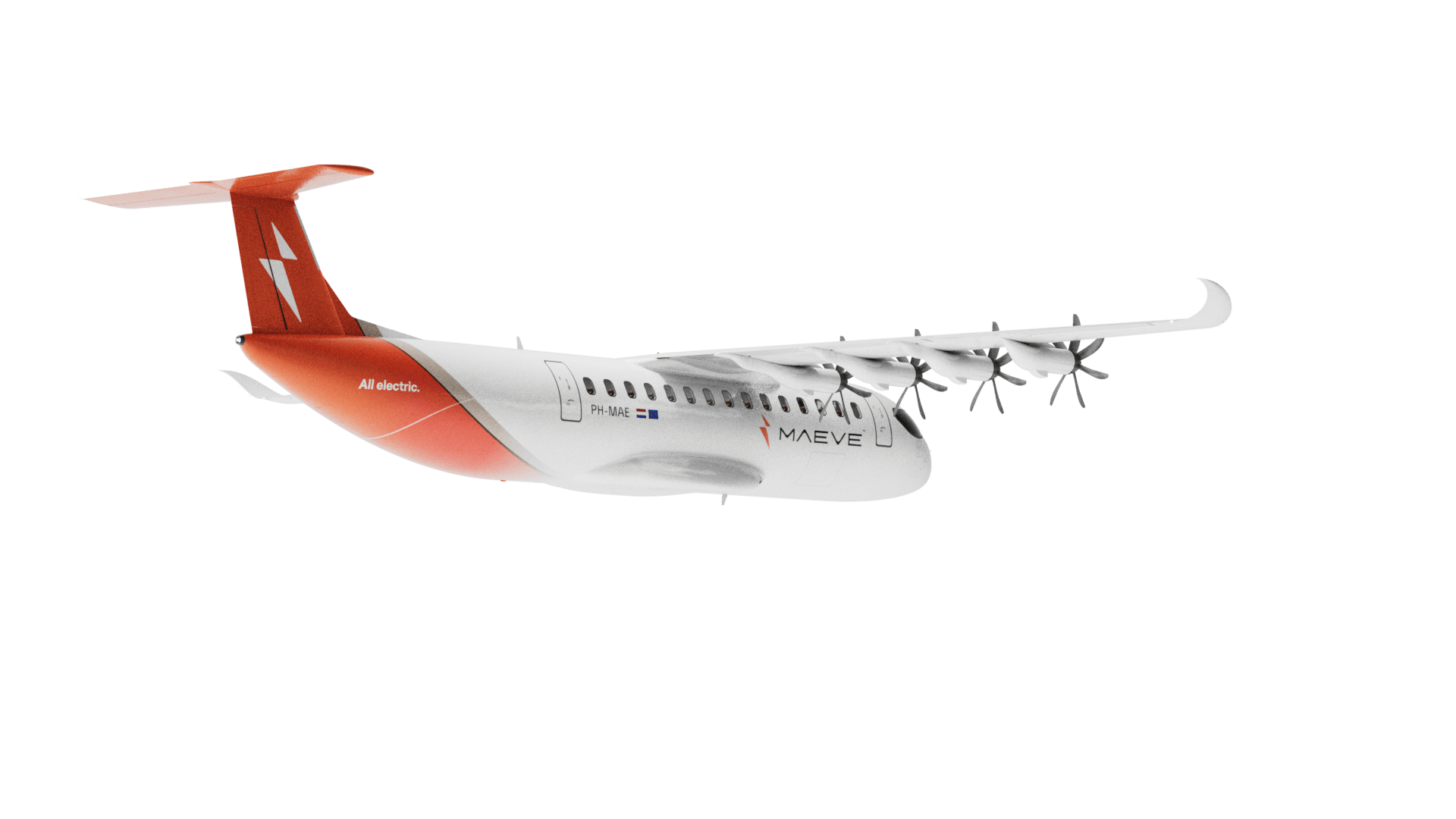
The whole playing field
The initiators want to use the Growth Fund money for the further development of aircraft and infrastructure. Think of upgrading regional airports and building charging stations. Here again, it has already been proven that it can be done; now, it’s a matter of achieving the necessary scale. It helps to have sufficient self-generated energy at or near the airport – for example, solar panels. Solid battery packs are also needed.

De Jong points to the special coalition within the Electric Flying Connection: “With over thirty parties, our membership is so diverse that we cover the entire playing field. We have aircraft manufacturers, suppliers of charging infrastructure, knowledge and training institutions, aviation organizations, and a range of supporting parties. All together, we form a strong coalition.”
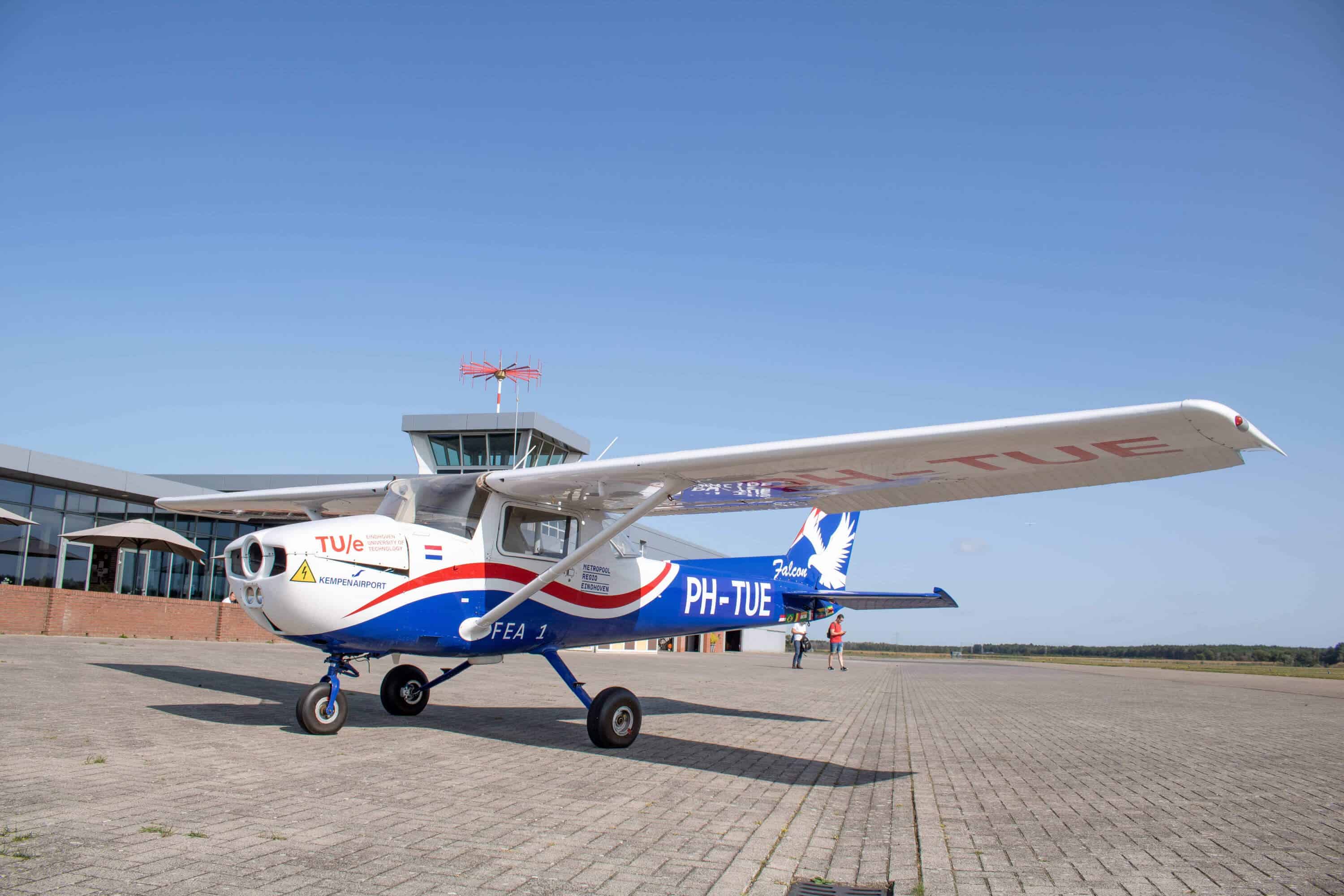
The entire ecosystem meets regularly to discuss the status of developments. De Jong: “That is not only very inspiring but also badly needed because everyone is mainly concerned with their own part of the chain. We need to catch up with each other occasionally to avoid losing sight of the common goals.” Last week was another such day, with presentations and breakout sessions around the five main work packages: interregional mobility, aircraft construction, mobility hubs, knowledge development, and stakeholder management.
Increasingly normal
The Electric Flying Connection envisions a future in which electric flying becomes increasingly normal. “As technology advances and renewable energy becomes more readily available, we believe that a significant portion of traditional fossil-fueled regional flights could be replaced by electric flying. The signs are all there – from the rapid development of battery technology and the availability of renewable energy to the dozens of new electric aircraft under development.”
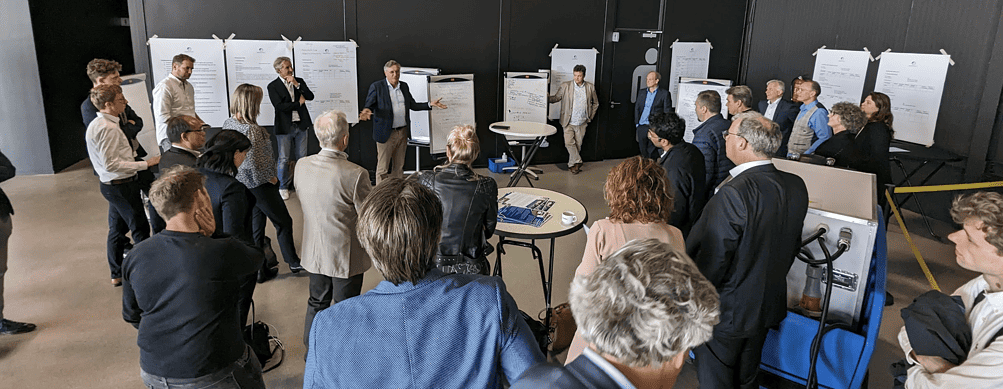
De Jong is confident the millions will be well spent. “With our investment in electric aviation, the Netherlands is buying a ticket to the leading position in interregional mobility for short and medium distances. This program will create regional activity and new jobs in logistics, industry, research, education, and services. At the same time, this new way of mobility offers a clean, fast, and affordable alternative to meet 5% of the Dutch climate goals. Regions that are currently difficult to reach can be opened up. We are developing a new international ecosystem for smart and sustainable mobility from the Netherlands because we believe in the power of cooperation to change our world for the better.”
A decision from the Growth Fund is expected before the summer recess. There are 15 other applicants for this round of funding, so it is by no means certain that electric aviation will be able to benefit. What if the Growth Fund decides to spend the money on other applicants? “Then, given the importance of this development, that would obviously be a setback but not a reason for us to deviate from our plans. For that, our ambitions are far too important – and yes, simply unavoidable.”



